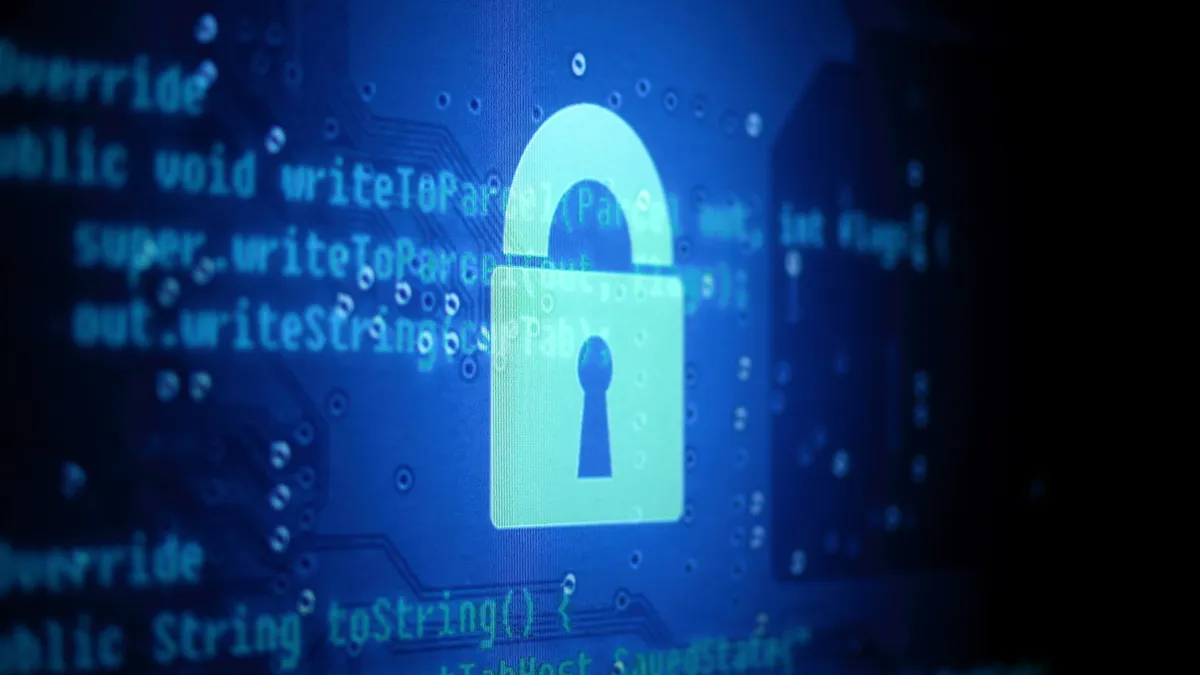Dive Brief:
- In September, Columbia Falls, MT, Superintendent Steve Bradshaw had to cancel school due to a cyberattack by a faceless hacker group called the Dark Overlords, who bombarded students and staff with threatening text messages and emails while demanding $150,000 in bitcoin, according to a story from APM Reports republished by The Hechinger Report.
- The amount of personal data — ranging from social security numbers to health records — gathered by schools and districts, coupled with their relative lack of cybersecurity resources in comparison to big businesses, has made them an increasingly popular target for hackers in recent years.
- Cybersecurity consultancy EdTech Strategies has reportedly documented over 320 attacks on schools since January 2016, according to the article, and some districts reportedly face attempted attacks every few seconds on a daily basis.
Dive Insight:
Education is now one of the largest targets for hackers, with a September 2016 analysis of 20,000 organizations by security ratings firm BitSight finding malware attacks against the sector outpaced those against government, healthcare, energy, retail and finance.
Ransomware attacks in particular have been on the rise, with hackers encrypting sensitive data from schools and districts and demanding a ransom before they return control. Often, districts have little recourse but to comply, with South Carolina's Horry County Public Schools, for example, paying an $8,000 ransom to end such an attack in June 2016. Last August, research estimates placed the amount raked in by ransomware attacks over a two-year period at around $25 million.
On cybersecurity, K-12 can learn a lot from its higher ed peers. Perhaps the most important step is to address the No. 1 threat to network security: the end user. On that front, University of Dayton CIO Dr. Thomas Skill launched a campus-wide initiative that implemented phishing tests; the sending of updates, warnings and the latest security news; and incentives and prizes for people who complete certain actions. These moves were intended to promote greater awareness among students, faculty and staff, as educating those stakeholders most frequently accessing a network on how to avoid falling victim to malicious activity remains among the most effective ways to secure data.














